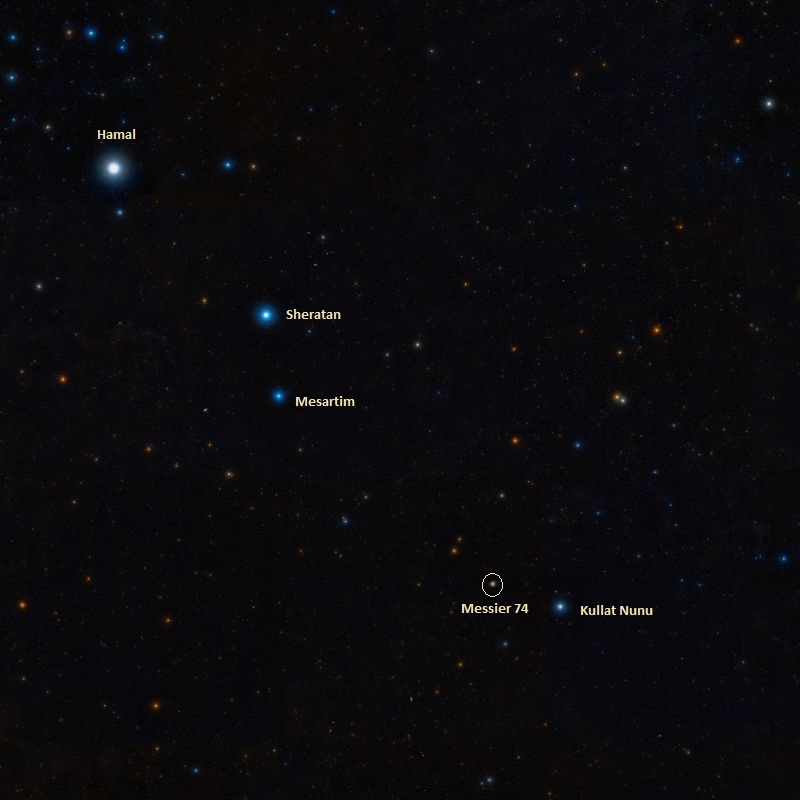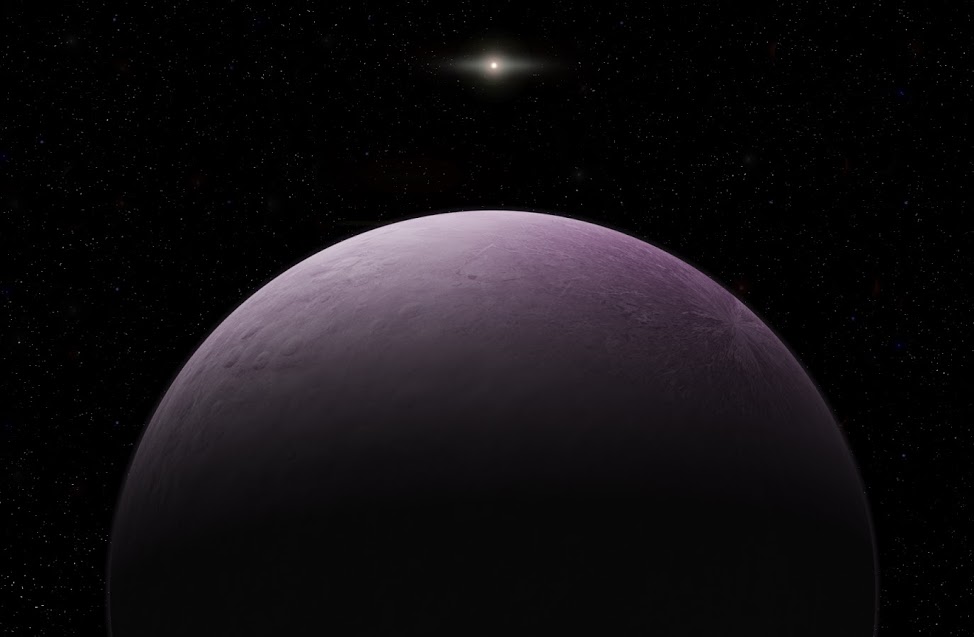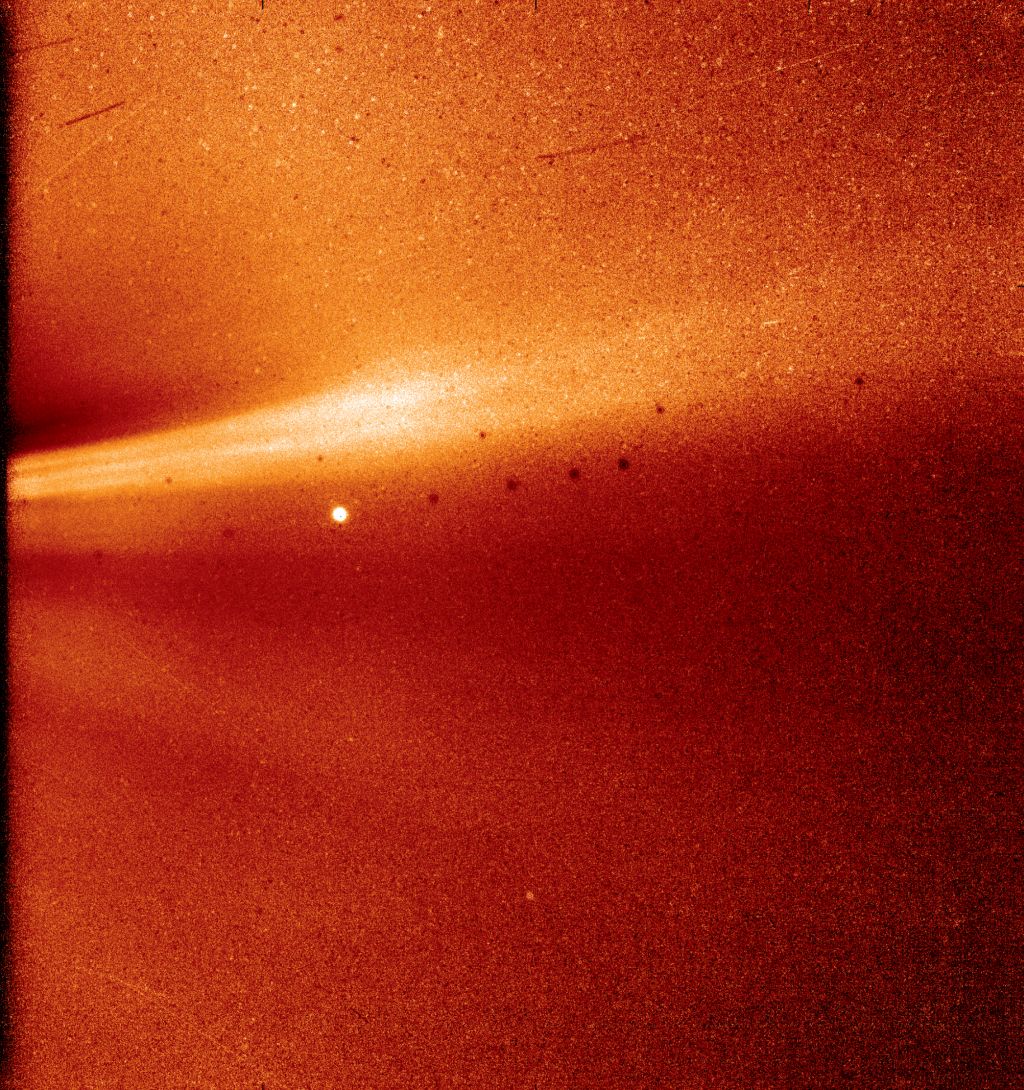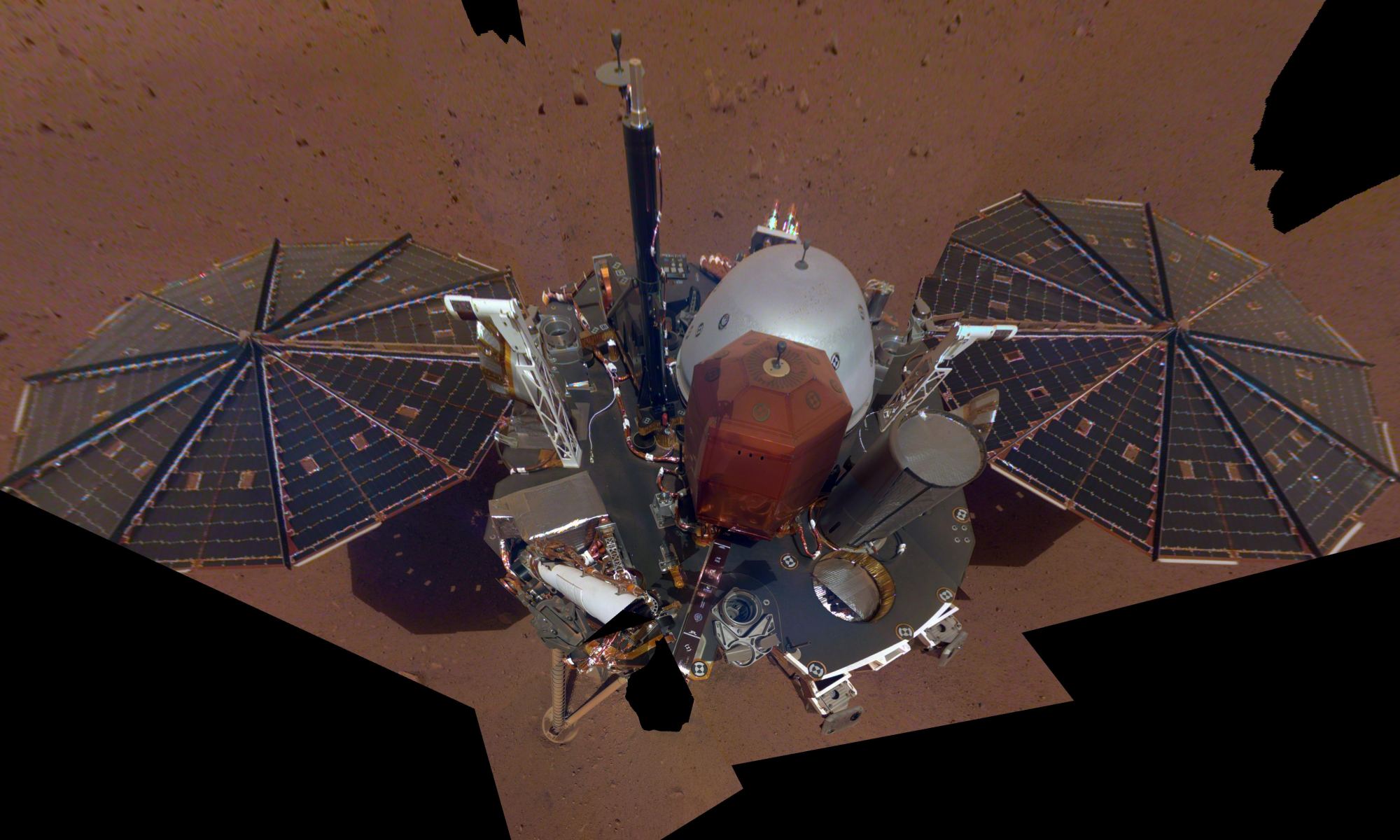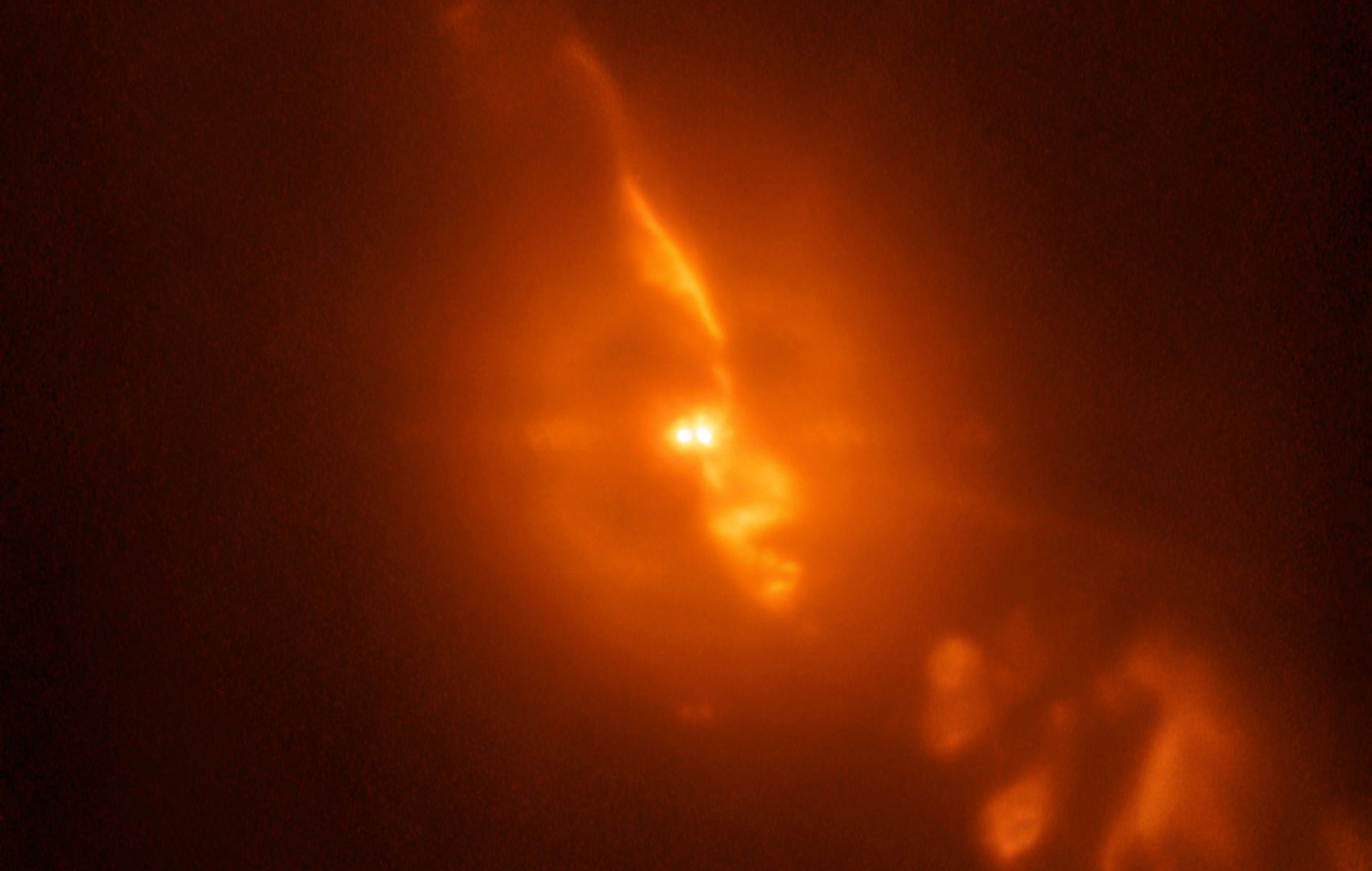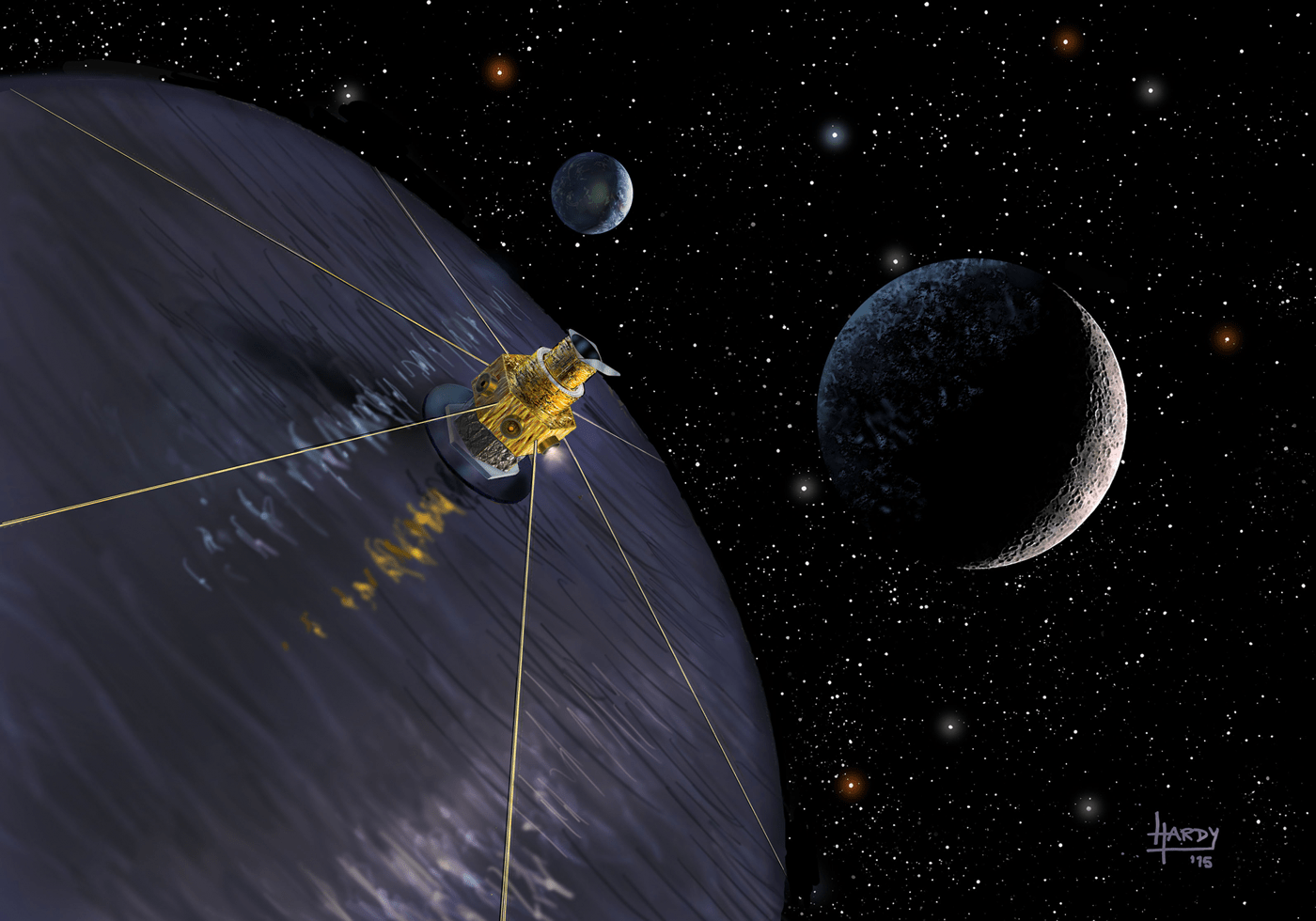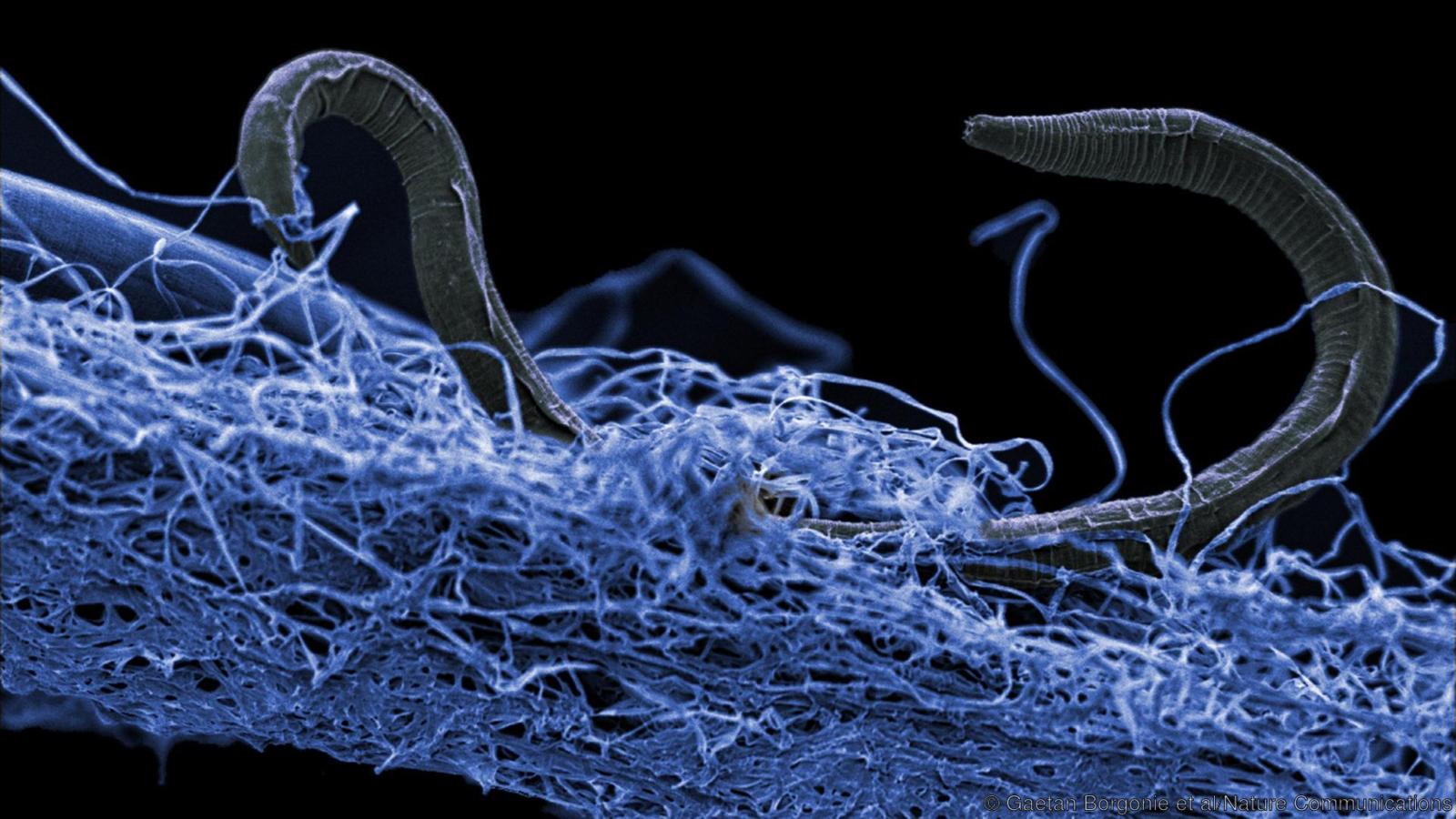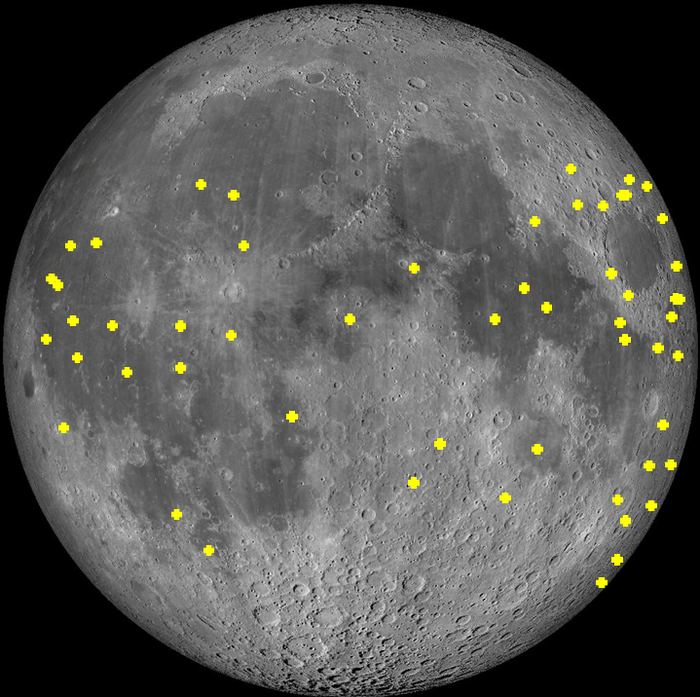Welcome back to Messier Monday! Today, we continue in our tribute to our dear friend, Tammy Plotner, by looking at the “Phantom Galaxy” known as Messier 74!
During the 18th century, famed French astronomer Charles Messier noticed the presence of several “nebulous objects” while surveying the night sky. Originally mistaking these objects for comets, he began to catalog them so that others would not make the same mistake. Today, the resulting list (known as the Messier Catalog) includes over 100 objects and is one of the most influential catalogs of Deep Space Objects.
One of these objects is the spiral galaxy known as Messier 74 (aka. the Phantom Galaxy) which appears face-on to observers from Earth. Located about 30 million light years from Earth in the direction of the Pisces constellation, this galaxy measures around 95,000 light years in diameter (almost as big as the Milky Way) and is home to about 100 billion stars. Continue reading “Messier 74 – the NGC 628 Spiral Galaxy”

